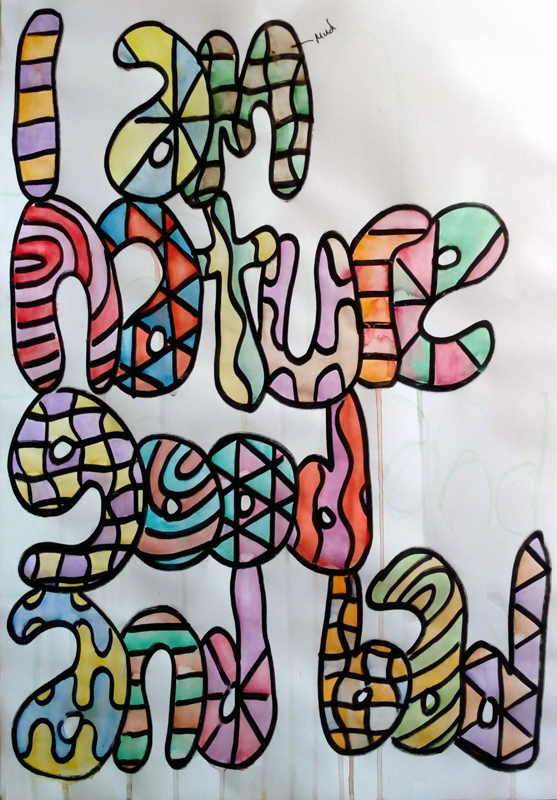Last week I began to follow the eco trail of my Winsor & Newton watercolours. As I don’t wish to single Winsor & Newton out, this week I’ve decided to follow the eco trail of my Royal & Langnickel brushes (see picture).
The first thing I noticed about them is that the pack states the bristles are made of black taklon. A search on the internet found that taklon is a biodegradable and hypoallergenic vegan alternative to animal hair – so far, so good. However, a little more digging found that taklon is made from a thermoplastic polyester called polybutylene therephthalate (PBT), which is prepared through slow and energy consuming processes – not so good.
If you weren’t aware, polyester is a plastic. Plastic has been in the news a lot lately due to the terrible effects it’s having on the global ecology. This is partly because plastic is highly durable, so does not decompose that easily. So, yes, taklon is biodegradable but it takes a long time to do it – which is good for our paintbrushes but not so good for our ecology.
The other reason why plastic is causing ecological problems is because of the way it’s disposed of. If we discount the unethical and disastrous practice of fly tipping or dumping it in the oceans, plastic is typically disposed of in one of three ways: landfill, incineration, or recycling.
I talked about the issue of our recycling not being recycled last week. So lets move straight on to landfill…
Whilst landfill consumes our waste, it produces nothing in return. As mentioned above, plastic is highly durable, which means the land it occupies in landfill will be occupied, and thus unproductive, for a long time. Plastic in landfill is also a source for pollutants such as benzene. It can also lead to production of hydrogen sulphide which, in high enough concentrations, is potentially lethal.
The other method for disposing of plastic is incineration. Incineration is beneficial in that energy can be recovered from the heating process. However, incineration releases harmful compounds into the atmosphere. These can include heavy metals, toxic oxygen-based free radicals, and carbon dioxide.
Now I don’t suppose Royal & Langnickel chose to make their brush bristles out of plastic to create problems for our ecology. I imagine they saw it as being more ethical than using animal hair. However, in trying to solve one problem, they’re contributing to different problems. This puts me in mind of Petro-Subjectivity by Brett Bloom, in which he talks about the dangers of creating a ‘greener’ alternative to our current world. To boil this down to it’s essence, I will phrase it as thus: producing ‘greener’ versions of our problems doesn’t make our problems go away. Instead I believe we should see these ‘greener’ solutions as stepping stones to a truly sustainable planet.
(Credit: a large amount of the above blog post was informed by Plastic Degradation and Its Environmental Implications with Special Reference to Poly(ethylene terephthalate) by Hayden K. Webb, Jaimys Arnott, Russell J. Crawford and Elena P. Ivanova)








